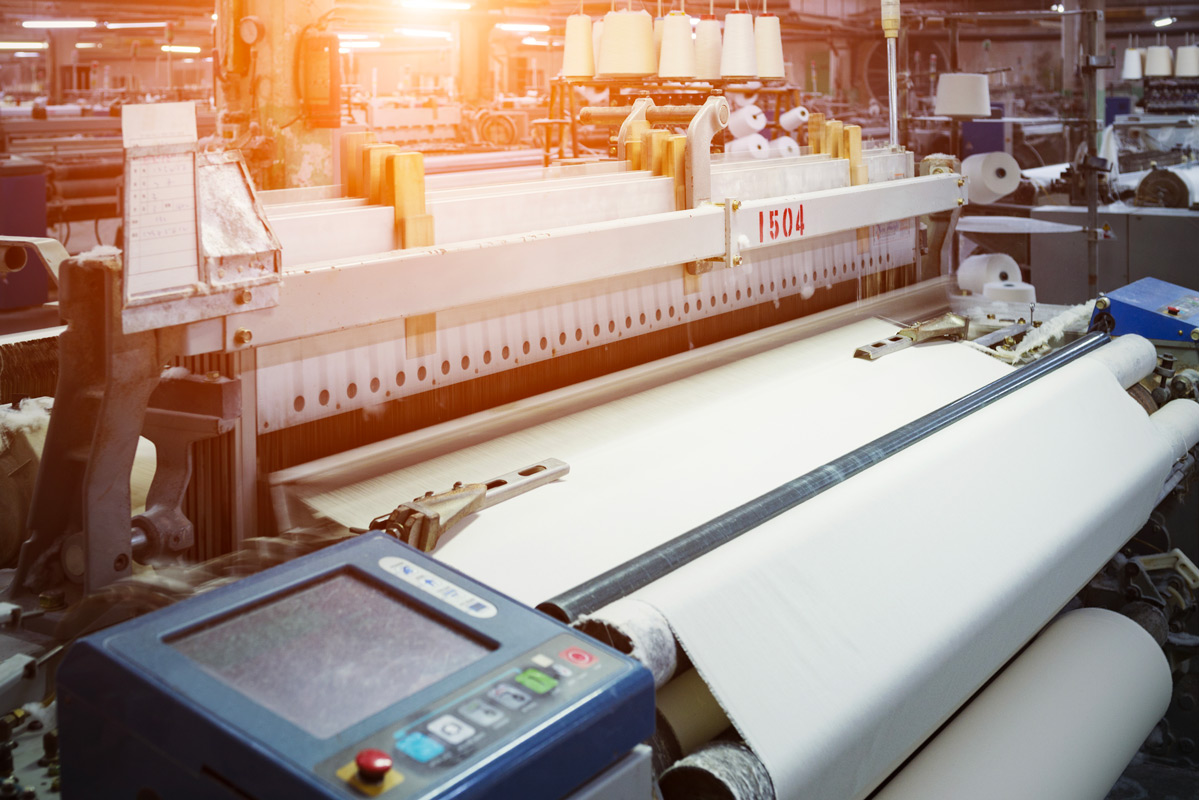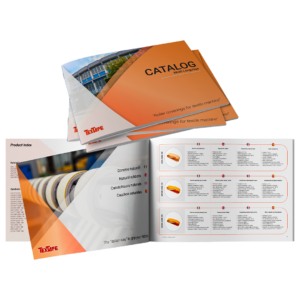Table of Contents
The textile industry world
The textile industry in Italy
The textile industry is one of the most important sectors of the Italian industry, focused especially on fashion. This is the main reason why it has been accepted as one of the centers of fashion tied with the approach to its vast textile sector, denoting the seriousness associated with the textile sector’s growth. The Italian textile industry is constantly evolving and has registered an impressive growth in the past few years.
The traditional success factor of the Italian textile industry is the ability to combine innovation, fashion, creative style with production technologies . The textile industry in Italy has developed mainly in the north: in the Upper Milan area and around Biella and Bergamo. In particular Como specialized in the production of silk while the center developed especially in Prato’s industrial district, the largest in Italy for the number of companies and employees. From the 14th century to the mid 19th The Italian textile industry has occupied a position of supremacy in Europe since the late Middle Ages.
From the Unification to the First World War The unification of the Kingdom of Italy in 1861 represented a great opportunity to expand the markets for textile production centers, especially in the northern areas . It was the North – West of the country to be the center of the new industrialization: on the basis of the first general industrial census in 1911, three-quarters of all workers engaged in the textile sector focused only in Piedmont and Lombardy.
Today Italy’s textile sector is focusing on expanding business ties all over the world. The overall trade figures are encouraging. The country has always been known for its luxury apparel brands, but the rise in imports of basic fabrics and yarns might push the country to develop its basic textile products. Till today the Italian textile has been known for its quality and creativity in apparel designs.
In future the outstanding quality of overall Italian textile goods and focus on creativity will lead to development in the textile sector. In fact the textile sector in Italy represents 6.7 percent of global textile and clothing trade.

The importance of the roller coverings for quality and success
Textape is involved in constantly developing quality and effectiveness in its basic products for the textile sector, meeting the higher standards. By exploring the potential offered by this method for all industrial applications and building a solid export tradition in Europe, New Zealand and Chile.
The expertise gained over these years in the textile sector industries can offer products widely tested and reliable, as evidenced by the several machines with branded rollers coverings present worldwide.
A look to the machines and the rollers
The process of roller embossing is a rapid fabrication technique generally using a roller covered with a thin mold that patterns a polymer or some other moldable material. The embossed material is typically formed through a heat-forming or photocuring configuration.
This most common and versatile emerizing machine consists of four to eight independently driven emery covered rollers of various grades. The rollers in multi roller machines may be cylindrical or of a slatted design; the later type exerts more extreme mechanical action on the weft yarn. Silk, jacquard and other delicate fabrics are treated only with cylindrical rollers. The rollers turn with or against the direction of the fabric run. Generally, the first and third rollers run in the opposite direction of the fabric passage to intensify weft yarns on the surface, while others run in the same direction to produce the nap. Care should be taken to ensure that a loss in fabric strength is within tolerance range. Precise tension control is required to transport the fabric through the machine at an open width without folds or fluttering.

A dynamic company
There are many textiles available, and each individual one has its own properties in terms of material, structure and elasticity. A roller covering perfectly matched to the application is decisive in the refining of textiles. The product has excellent anti-wear property, strong tensile force, and superior adhesion ability, providing effectiveness at worksites.
With over 40 years of experience in roller coverings, Textape offers several compounds for various applications. This core business keeps moving forward, developing new materials and applications and adding to quality products.
Operating in highly dynamic markets, constantly seeking to break new ground. Our customers demand innovation and products with a long lifespan that perform outstandingly under the most extreme conditions. Thanks to modern, well equipped research and development Textape has the expertise, know-how and state-of-the-art equipment to work together with customers to find the perfect solution for any demand.
Textape roller coverings are reliable throughout the process and constantly achieve excellent results.


